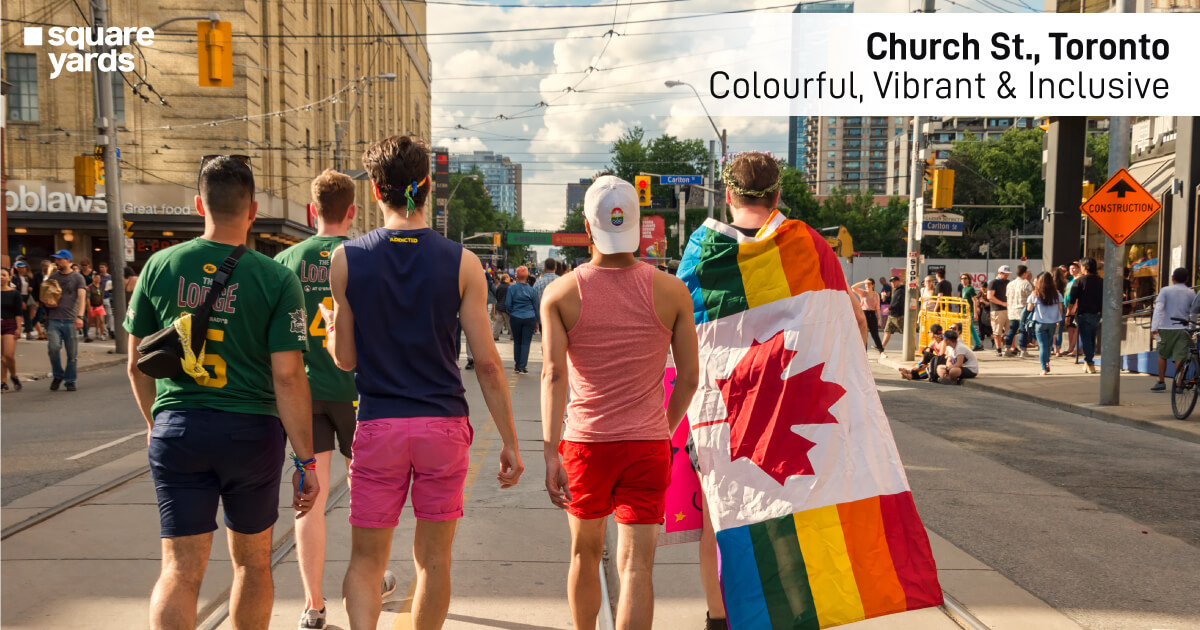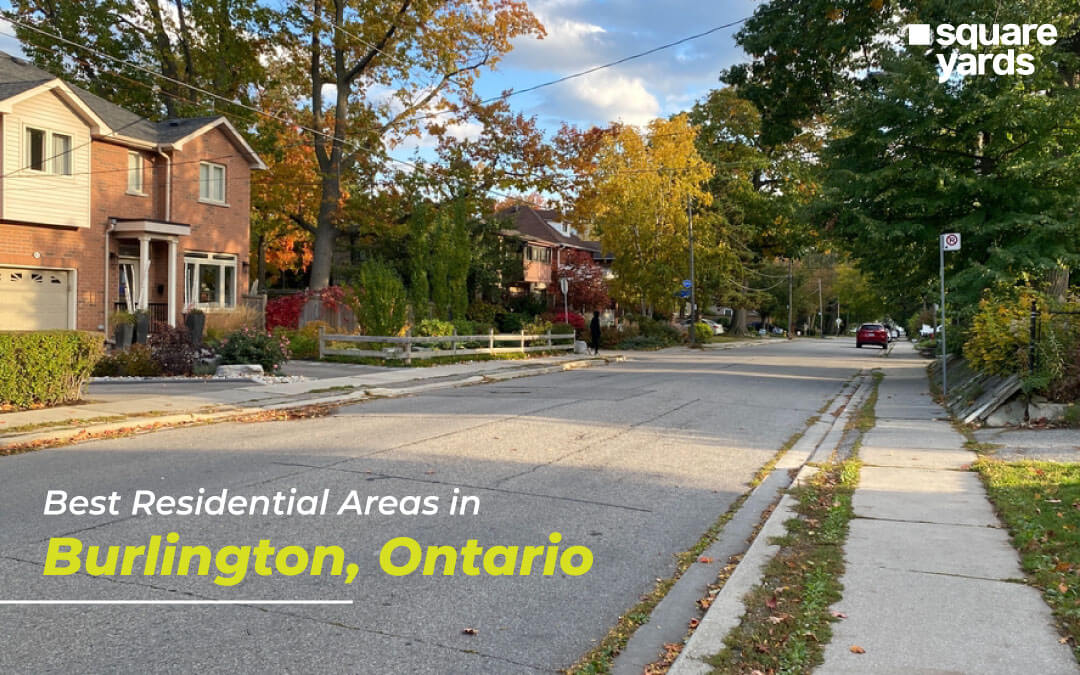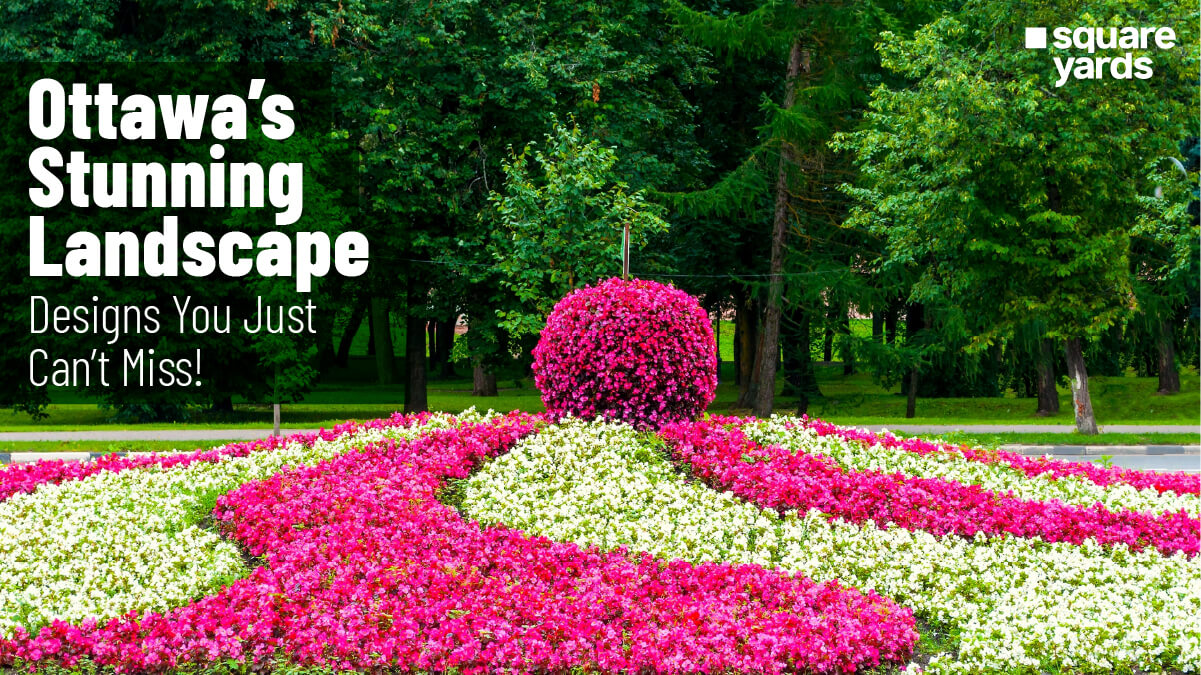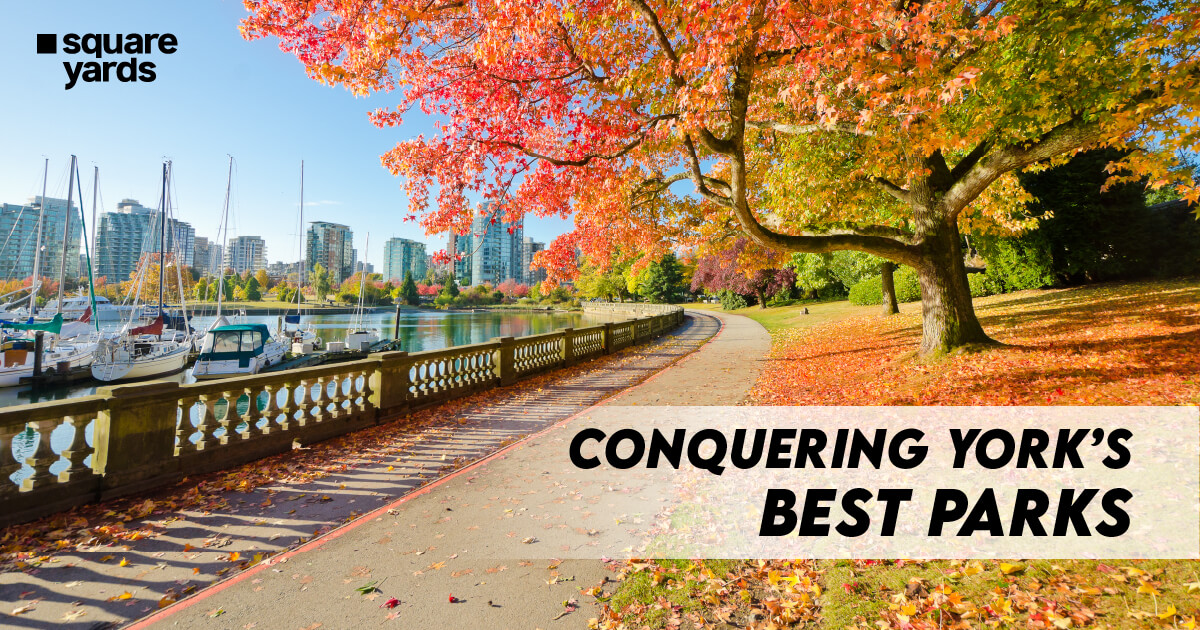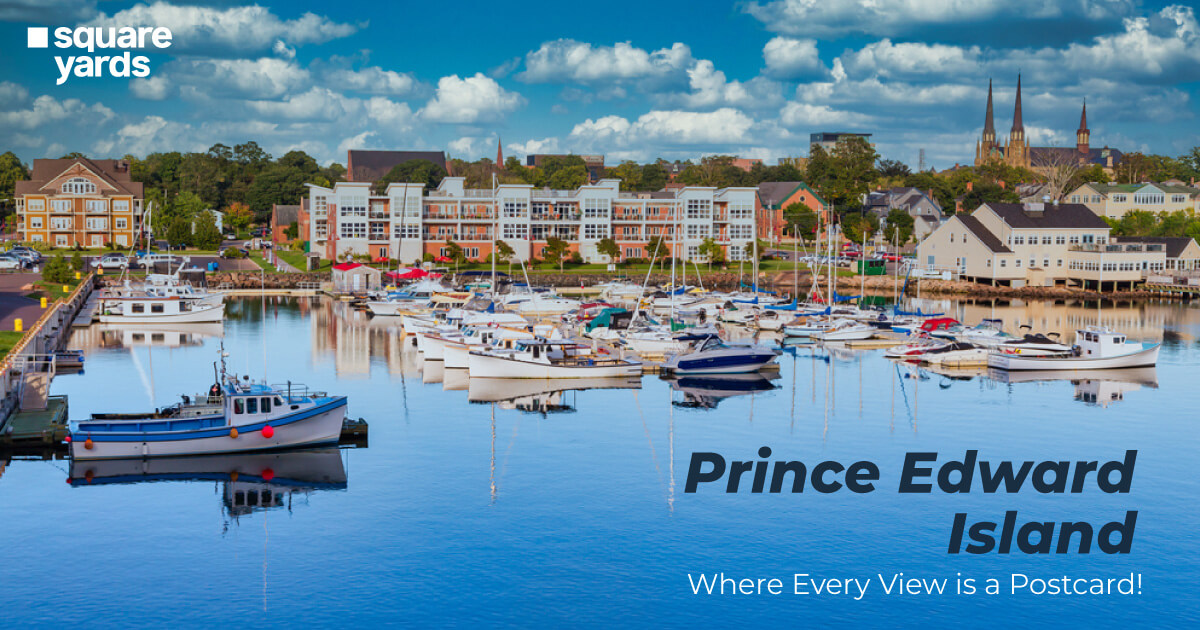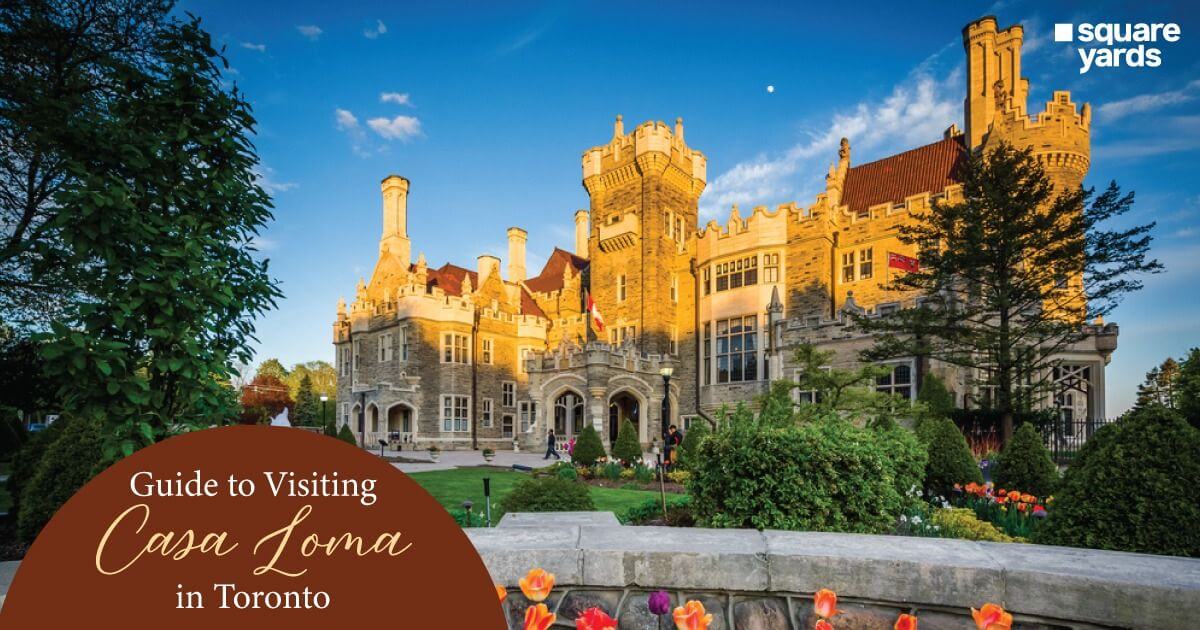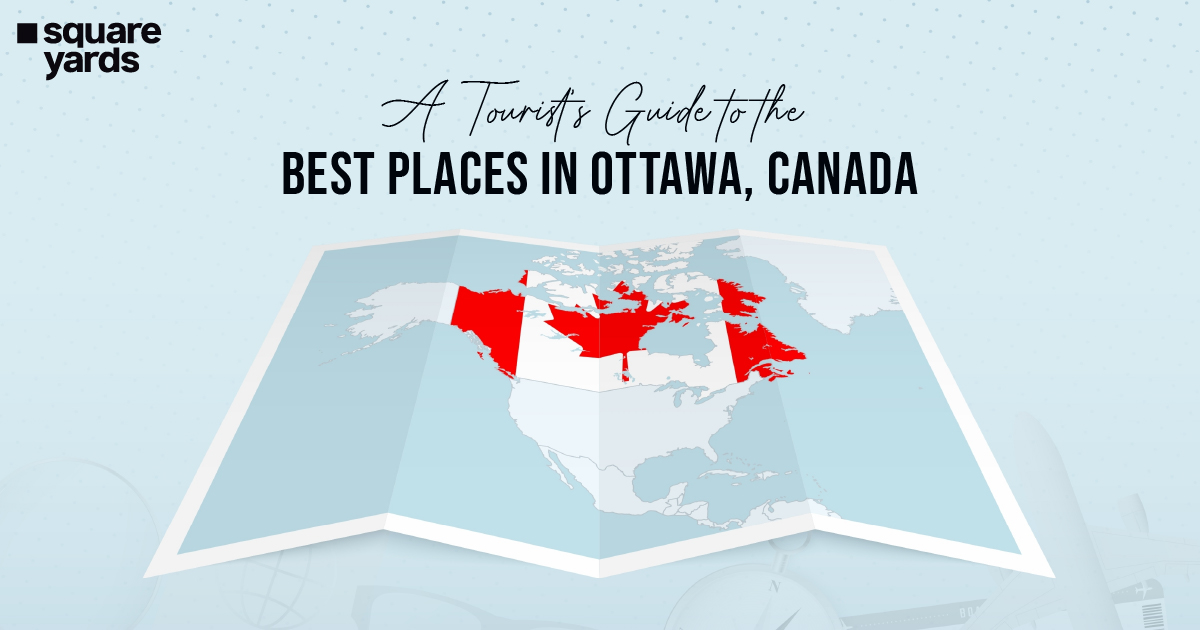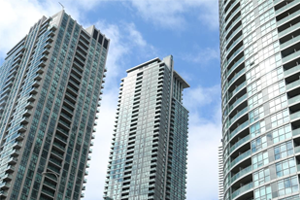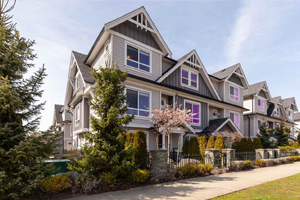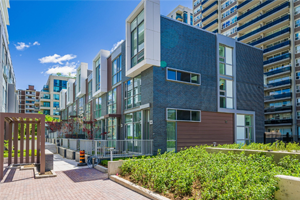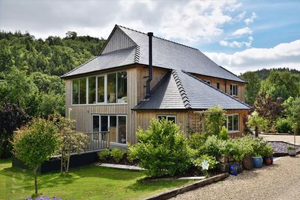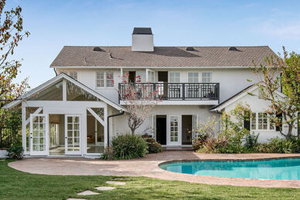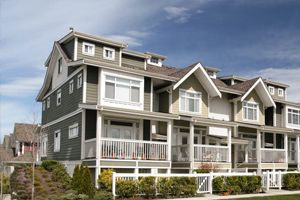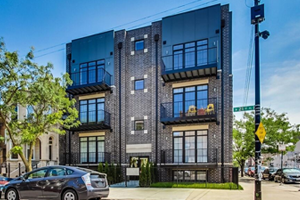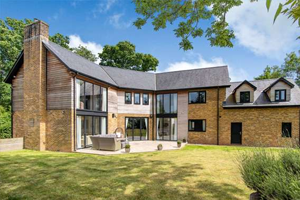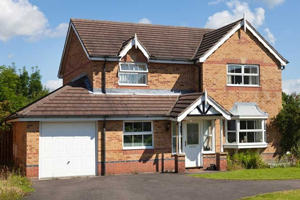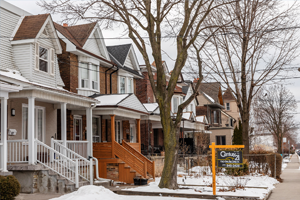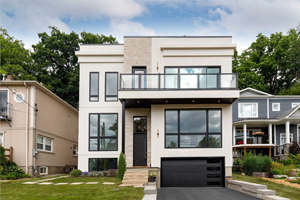Church-Yonge Corridor’s story starts in the 1800s. An exclusive neighbourhood named Church Street was established by some of Toronto’s most elite families. There are mansions, villas, large estates and Victorian buildings. Everything tasteful turned Church Street into one of Toronto’s most fashionable neighbourhoods. Moving to the 1970s and the 80s—The neighbourhood began seeing some cultural churnings. Church Street soon transformed into a safe haven for Toronto’s LGBTQ+ community. This transition of the Church Street-Wellesley area of origination from the elite few to now belonging to the alienated many is its ultimate success story.
Church Street has Usabella to its north, Queen to the south, Jarvis to the east, and Yonge to the west. It’s commonly discussed through the broader Church Yonge Corridor, which comprises Church Street and its many neighbourhoods. In a way, tracing the historical development of this neighbourhood is much like tracing Toronto’s cultural and social evolutions. Today, it is one of the city’s most inclusive and culturally rich downtown neighbourhoods, known especially for the annual Toronto Pride Parade—the largest of its kind in Canada. Every June, over 1.7 million attendees flood the streets in a colourful display of freedom and togetherness. Hearts at the Church-Yonge Corridor beat with a community spirit unlike anywhere else.
Today, we take a full walkthrough of this neighbourhood. From its popular landmarks, parks and churches to everything else, we explore all the corners of the iconic Church Yonge Corridor.
What’s Life Like in Church Street Corridor?
Of course, the Church-Yonge Corridor gets its name from its iconic churches. But in many ways, the neighbourhood is known for more things than one. It is lovingly called The Village and features a small-town feel for the most part. But then, it’s also known as the downtown party getaway. There is a solemnness on the sidewalks, but there are also blasting celebrations in the streets. There are gone-era’s large Victorian-style manors and modern townhouses, high-rise apartments, and condos. Church Street is, thus, a co-existence of a glorious past and a progressive present.
Residentially, too, it’s a great place to live with your family. There are around 7 public schools, 6 Catholic schools, 5 private schools, and 1 alternative/special school in the neighbourhood. These institutions offer comprehensive education spanning languages, arithmetic, arts, and other domains. Roughly 64% of the population in this neighbourhood are graduates, while a staggering 84% hold post-graduate degrees. Perhaps Church Street’s refined culture and inclusive character are the gifts of its highly educated demographic.
The Church-Yonge Corridor Street boasts a throbbing social life. There are the iconic food spots of Kintaro Izakaya, Bumpkins and the Linden Store Deli. Legendary bars like Woody’s and The Well, where Church Street’s destiny was being made, still hang around. These bustling joints are practically the catalysts of Church Street’s high spirits (completely pun intended!)
Things to Do & Places to See in Church Street Corridor
There’s much to do in Church Yonge Corridor. Here are some of the must-visit places and unmissable activities to do in this neighbourhood:
Pride Celebrations
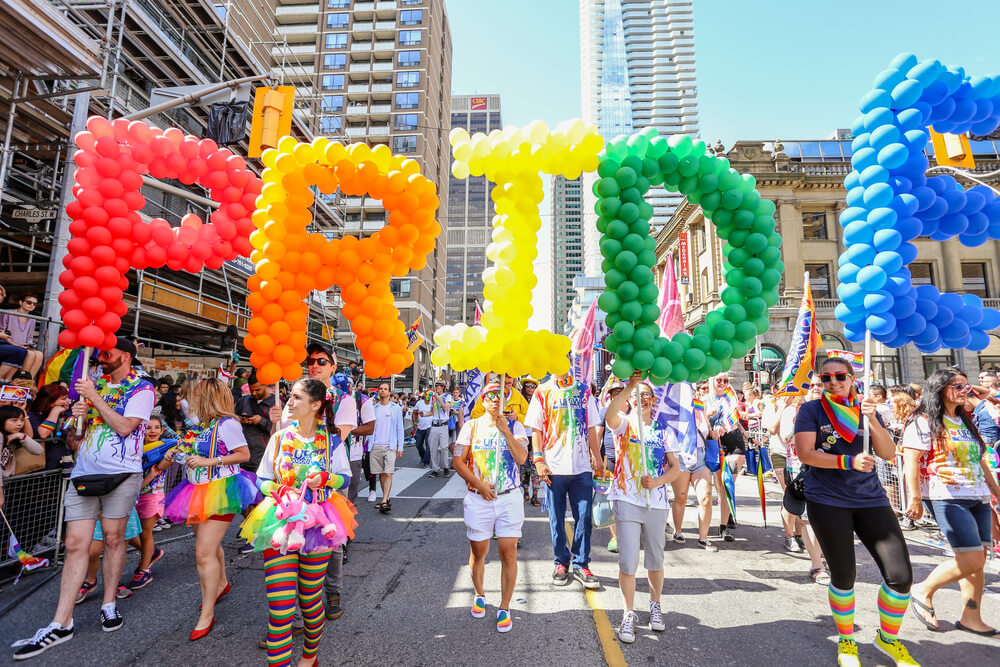
Every June, Church Yonge Corridor erupts into colourful celebrations as it hosts Toronto’s Pride Month celebrations. The area becomes a buzzing epicentre of LGBTQ+ honour, holding events like the spectacular Pride Parade, street parties, concerts, and community gatherings. It’s a powerful, joyful celebration of diversity and inclusivity that draws much attention from the residents and the media.
Glad Day Bookshop
Glad Day was established in 1970 and is the world’s oldest LGBTQ+ bookstore, offering the widest possible collection of queer literature. Ever since its origins, the store has strived to create a safe space for the LGBTQ+ community, where they can be, feel and read without any inhibitions. The bookstore stays open on all days of the week except Monday.
519 Church Street Community Centre
In the 1980s, The 519, or the 519 Church Street Community Centre, as it’s formally called, emerged. The idea was to create a welcoming space for the LGBTQ+ community to interact and express themselves freely without any outside gaze. Today, it’s a central part of the Pride celebrations and provides services to support the diverse populations within Toronto.
Keg Mansion
This was a mansion that became a radio station, then an art gallery and now finally a restaurant. Originally called Euclid Hall, it was built in 1867 on Jarvis Street by Arthur McMaster and later sold to the Massey Family. After serving as the first home to Toronto’s CFRB radio station in the 1920s, it was redesigned into an art gallery until the 60s. Today, this grand estate is known for housing one of Toronto’s most famous steakhouses, The Keg! The affluence of a manor being replaced by the aroma of saucy steaks is not a bad trade at all!
The Three Churches
First came the St. Micheal’s Cathedral Basilica in 1848, with its tall spires and stained glass windows. Then came the St. James Cathedral in 1853, featuring one of the tallest spires in Canada until the 20th century. Thereafter, in 1872, came the Metropolitan United Church with its famous Gothic architecture and the 54-bell carillon. These three glorious churches are still among the Church Yonge Corridor’s most popular landmarks, with residents visiting every day to offer prayers and seek solace.
The Parks of Church Yonge Corridor
Church Street Corridor’s parks deserve special attention. They serve as lively community gathering spaces and significantly add to the neighbourhood’s overall appeal and aesthetics. Here are the most famous ones:
Allan Gardens Park
One of the oldest parks in the Church Yonge Corridor, Allan Gardens Park is known for its famous glass-domed ‘Palm House,’ built in 1910. The park is named after Toronto’s 11th mayor, George Willian Allan. Ample playground space, an off-leash area, and six different greenhouses make it a lovely leisure spot in the neighbourhood.
Barbara Hall Park
Barbara Hall Park is particularly famous among pet owners. It is next to the 519 community centre and features a fenced-off-leash area. The park is located right in the heart of The Village and also features a moving AIDs memorial, honouring community members who lost their lives to the disease.
St. James Park
Just adjacent to the St. James Cathedral is St. James Park. After offering prayers inside the church’s quiet interiors, visitors lighten up under the park’s open skies. Seasonal flower displays, walking trails, and a stunning gazebo make it an attractive leisure spot.
The Perks of A Central Location
The Church Street Corridor offers the ultimate downtown Toronto experience. Everything is just a stroll away—the chic boutiques of Yorkville, the bustling shops of the Eaton Centre, or the academic halls of Toronto Metropolitan University and George Brown College. Not to forget the Buddies in Bad Times Theatre that helped strengthen queer voices and stories since 1979. Navigating the lanes of Church Yonge Corridor is a breeze. The neighbourhood boasts a walk score of 98, a bike score of 99, and a transit score of 96—perfect for strollers who love daydreaming on their walks.
Along the Yonge line are the Wellesley, College Park, Dundas, Queen, and King subway stations. The Bloor line offers residents easy access to the Bloor/Yonge and Sherbourne stations. The TTC buses help connect to other neighbourhoods, while the Carlton and 505 Dundas streetcar routes run through and around the Church Yonge Corridor.
Summing It Up
From a historical point of view, Church Street Corridor is among the oldest Toronto neighbourhoods. It’s culturally rich and residentially urban. This multifaceted character is, in fact, the essence of Church Yonge Corridor. It’s a neighbourhood where life swarms in with full force and offers a living experience with a pulsating and beating heart. From the iconic restaurants to the landmark buildings, the Church Street Corridor is, without a doubt, one of the best places to live in Toronto.
You May Also Read :
|
Know The Places To Live in Alberta |
|
|
Explore Day Trips From Ottawa |
|
|
All About Casa Loma in Toronto |
|
|
Understand Riverdale Farm Toronto |
Frequently Asked Questions (FAQs)
Is Bay Street Corridor close to Church Street?
Yes, the two streets run parallel and are major thoroughfares in downtown Toronto. The Church Yonge Corridor often emphasises the broader neighbourhood area encompassing both streets.
What’s a famous street in Canada’s downtown Toronto?
Church Street is one of the famous streets in downtown Toronto. It is known for its vibrant atmosphere and a rich historical legacy.
Why is Church Street called so?
The street’s name comes from the many historical churches located here. The most prominent ones are St. Michael’s Cathedral Basilica, St. James Cathedral, and Metropolitan United Church.
What are some popular landmarks in the Church-Yonge corridor?
The Keg Mansion, Glad Day Bookshop, 519 Church Street Community Centre and St. James Cathedral are some of the many popular landmarks in this neighbourhood.

